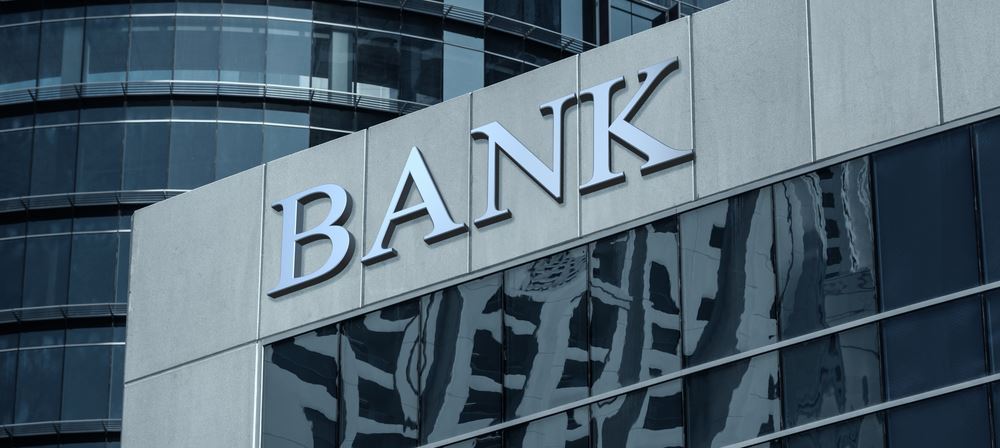Fraud at the workplace

Fraud is a serious problem for all organizations, whether they are corporations, limited liability companies, partnerships, and even non-profits. Regardless of the line of business, the fact is that employees (and non-employees also) commit fraud.
Most fraud is ongoing; once it starts it does not stop by itself, and as it continues, it grows. Very few thefts occur for the first time in large amounts. However, after the fraudster realizes how easy it is to take $100, the next week its $200, then $500, etc. By the time it is caught, each individual occurrence can be in the thousands of dollars or more. Many are surprised to find out that most fraud is perpetrated by well-educated males in senior executive positions, and is affected by conditions within the organization, beginning at the top, and filtering down.
Many business owners will contend that there are sufficient internal controls in place to deter, or even eliminate, fraudulent actions. But, as experience has shown, internal controls do not entirely prevent fraud. Also, last year’s internal controls may no longer be as effective as when they were developed. Businesses change, and as they do more/different employees are hired for old and newly created positions. Rarely are internal controls considered in these circumstances.
What does an insider fraudster look like according to research?
- Regular people – Insider fraudsters don’t wear masks and dark clothing. Very few employees have been convicted of fraud prior to committing the crimes, most of them are first-timers for the most part.
- Committed employees – Most fraudsters work for their employers for years before they begin to steal. Research, 53% had been with their organizations for more than five years. In general, fraudsters are well educated and respected in the community.
- Working in certain departments – that is, occupational fraud originates in accounting, operations, sales, executive/upper management, customer service, purchasing and finance.
- In a managerial position – Fraudsters were managers in 36% of cases in the AFCE study. According to the Insider Fraud in Financial Services report by Software Engineering Institute, managers can alter business processes, may have irregular requests of subordinates, and may have unexplained financial gain.
- Any employee at any level can commit fraud.
- Fraudsters work at any level in the country
- They exhibit warning signs like Living beyond their means and having unusually close associations with vendors or customers are common red flags. Others include: high debt, investment losses, and resentment towards the employer for being overworked, underpaid or passed over for promotion.
How a Company can reduce Fraud Risk.
- Create a positive and ethical environment that starts at the top and provides a culture of security and corporate-wide core values.
- Teach employees the warning signs of fraud or train them in Fraud Prevention Awareness.
- Provide an anonymous tips line for employees. Whistle-blowers are the most common way that occupational fraud schemes are detected.
- Develop a response plan that includes insider incidents.
- Reduce opportunities for organizational fraud to occur. Use surveillance procedures, periodic job rotation, and mandatory vacation. Monitor pressures on employees too, said Barrett. Create secure work policies that reduce the risk of an information breach. For example, restrict access to personally identifiable information, and partner with a reliable document destruction company for best practices in document security.






Responses